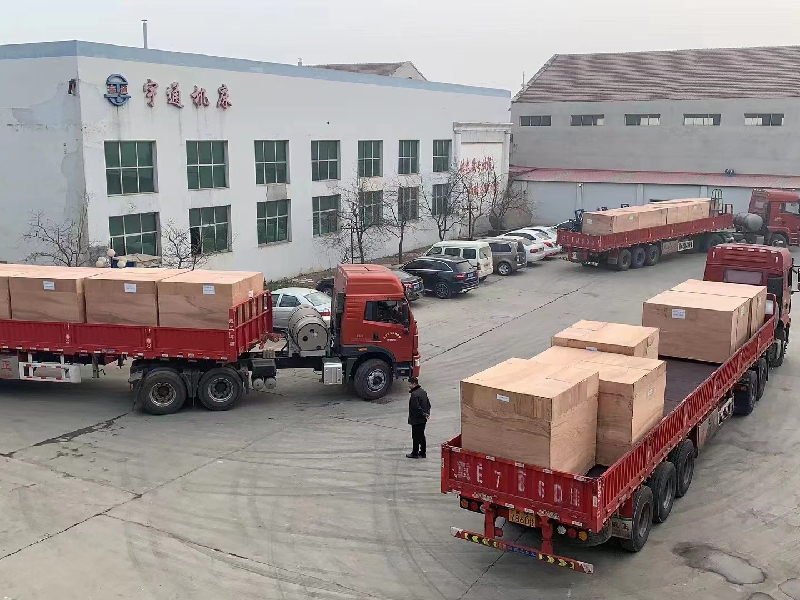
-
 Afrikaans
Afrikaans -
 Albanian
Albanian -
 Amharic
Amharic -
 Arabic
Arabic -
 Armenian
Armenian -
 Azerbaijani
Azerbaijani -
 Basque
Basque -
 Belarusian
Belarusian -
 Bengali
Bengali -
 Bosnian
Bosnian -
 Bulgarian
Bulgarian -
 Catalan
Catalan -
 Cebuano
Cebuano -
 Corsican
Corsican -
 Croatian
Croatian -
 Czech
Czech -
 Danish
Danish -
 Dutch
Dutch -
 English
English -
 Esperanto
Esperanto -
 Estonian
Estonian -
 Finnish
Finnish -
 French
French -
 Frisian
Frisian -
 Galician
Galician -
 Georgian
Georgian -
 German
German -
 Greek
Greek -
 Gujarati
Gujarati -
 Haitian Creole
Haitian Creole -
 hausa
hausa -
 hawaiian
hawaiian -
 Hebrew
Hebrew -
 Hindi
Hindi -
 Miao
Miao -
 Hungarian
Hungarian -
 Icelandic
Icelandic -
 igbo
igbo -
 Indonesian
Indonesian -
 irish
irish -
 Italian
Italian -
 Japanese
Japanese -
 Javanese
Javanese -
 Kannada
Kannada -
 kazakh
kazakh -
 Khmer
Khmer -
 Rwandese
Rwandese -
 Korean
Korean -
 Kurdish
Kurdish -
 Kyrgyz
Kyrgyz -
 Lao
Lao -
 Latin
Latin -
 Latvian
Latvian -
 Lithuanian
Lithuanian -
 Luxembourgish
Luxembourgish -
 Macedonian
Macedonian -
 Malgashi
Malgashi -
 Malay
Malay -
 Malayalam
Malayalam -
 Maltese
Maltese -
 Maori
Maori -
 Marathi
Marathi -
 Mongolian
Mongolian -
 Myanmar
Myanmar -
 Nepali
Nepali -
 Norwegian
Norwegian -
 Norwegian
Norwegian -
 Occitan
Occitan -
 Pashto
Pashto -
 Persian
Persian -
 Polish
Polish -
 Portuguese
Portuguese -
 Punjabi
Punjabi -
 Romanian
Romanian -
 Russian
Russian -
 Samoan
Samoan -
 Scottish Gaelic
Scottish Gaelic -
 Serbian
Serbian -
 Sesotho
Sesotho -
 Shona
Shona -
 Sindhi
Sindhi -
 Sinhala
Sinhala -
 Slovak
Slovak -
 Slovenian
Slovenian -
 Somali
Somali -
 Spanish
Spanish -
 Sundanese
Sundanese -
 Swahili
Swahili -
 Swedish
Swedish -
 Tagalog
Tagalog -
 Tajik
Tajik -
 Tamil
Tamil -
 Tatar
Tatar -
 Telugu
Telugu -
 Thai
Thai -
 Turkish
Turkish -
 Turkmen
Turkmen -
 Ukrainian
Ukrainian -
 Urdu
Urdu -
 Uighur
Uighur -
 Uzbek
Uzbek -
 Vietnamese
Vietnamese -
 Welsh
Welsh -
 Bantu
Bantu -
 Yiddish
Yiddish -
 Yoruba
Yoruba -
 Zulu
Zulu
Purchasing Guide for Circular Thread Rolling Machines and Their Benefits
The Essential Guide to Buying a Circular Thread Rolling Machine
In today's competitive manufacturing environment, precision and efficiency are paramount. For industries focused on producing high-quality threaded components, investing in the right machinery is crucial. One such machine that has transformed the production landscape is the circular thread rolling machine. This article will guide potential buyers through the important aspects to consider when purchasing a circular thread rolling machine.
Understanding Circular Thread Rolling Machines
A circular thread rolling machine is a specialized piece of equipment that uses a set of cylindrical dies to create threads on parts made from various materials, including metals and plastics. The process involves deforming the material rather than cutting it, resulting in a stronger thread with superior surface integrity. This method eliminates the need for secondary operations like machining, thus improving productivity and reducing costs.
Key Considerations Before Purchase
1. Production Requirements Before diving into the purchasing process, it’s vital to assess your production requirements. Consider the types of materials you will be working with, the dimensions of the threads needed, and the volume of production. Different machines have different capabilities regarding maximum thread size, material compatibility, and production speeds. Establishing these parameters will help narrow down the available options.
2. Machine Specifications Once your production requirements are clear, the next step is to evaluate the specifications of potential machines. Key specifications to look for include the diameter of the rolling dies, the maximum thrust of the machine, and the overall size and weight. Pay attention to the machine’s power consumption as well, as energy efficiency can lead to significant savings over time.
buy circular thread rolling machine

3. Flexibility and Versatility A versatile machine can save costs and space, allowing the operator to handle various thread types without the need for multiple machines. Look for features such as adjustable die positions, multiple thread rolling capabilities, and easy setup changes. Machines that accommodate a variety of materials — both soft and hard alloys — can also enhance your production flexibility.
4. Automation and Control Systems In an era of Industry 4.0, automation is a critical feature. Many modern circular thread rolling machines come equipped with advanced control systems that allow for real-time monitoring, adjustment, and data collection. This can greatly enhance efficiency and consistency in production. Look for machines that offer user-friendly interfaces and the ability to integrate with existing production systems.
5. After-Sales Support and Maintenance The purchase of machinery is significant, and ongoing support is crucial for long-term success. Research the manufacturer's reputation regarding after-sales service, availability of spare parts, and technical support. A reliable support system can minimize downtime and help maintain the longevity of the machine.
6. Cost-Effectiveness While it may be tempting to purchase the least expensive option, it’s essential to consider the total cost of ownership rather than just the initial purchase price. Examine factors such as durability, maintenance requirements, and energy consumption. Investing in a high-quality machine might mean a higher upfront cost, but the benefits of enhanced productivity and reduced operational costs will make it worthwhile in the long run.
Conclusion
Investing in a circular thread rolling machine can significantly enhance your production efficiency and product quality. By carefully considering your production needs, evaluating machine specifications, and ensuring reliable after-sales support, you will find a machine that not only meets your current demands but also adapts to future challenges. As the manufacturing landscape continues to evolve, having the right equipment will keep you competitive and capable of delivering exceptional results. A well-informed purchase will lead to increased productivity, profitability, and customer satisfaction, making it a pivotal decision for any manufacturing operation.
